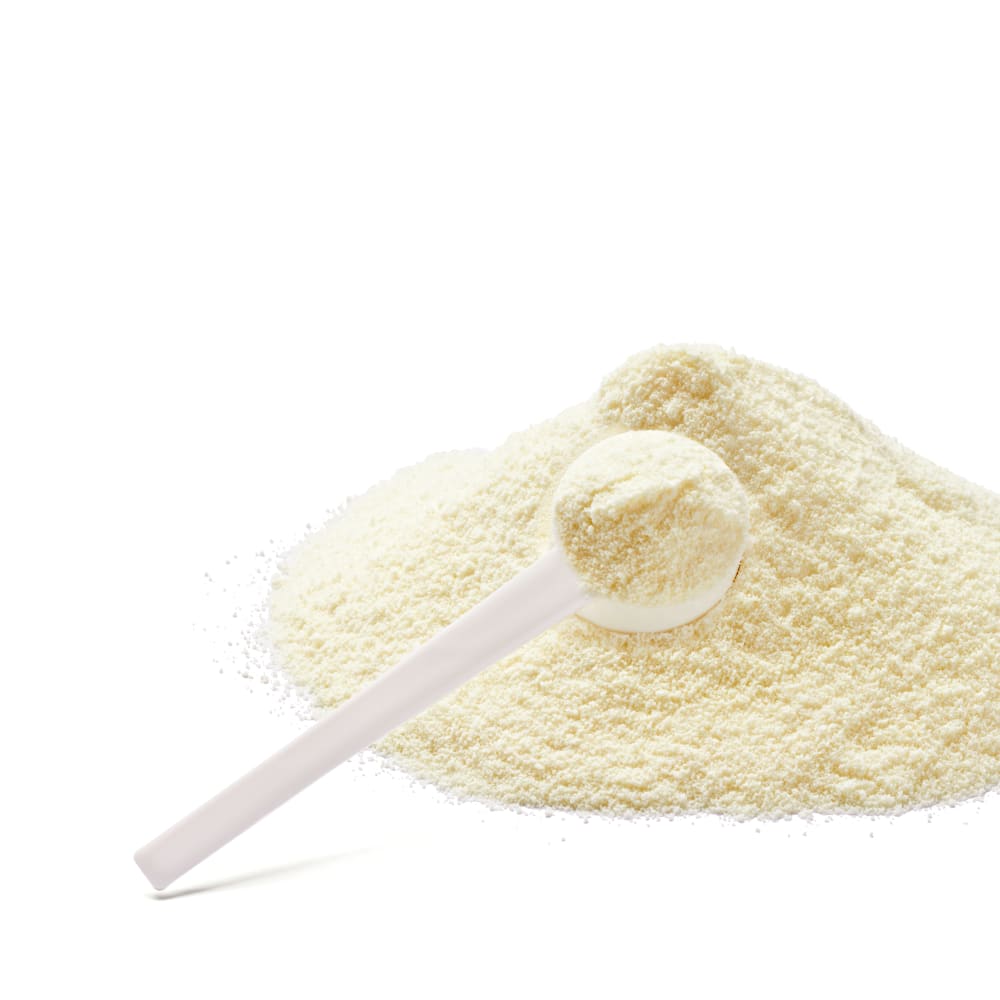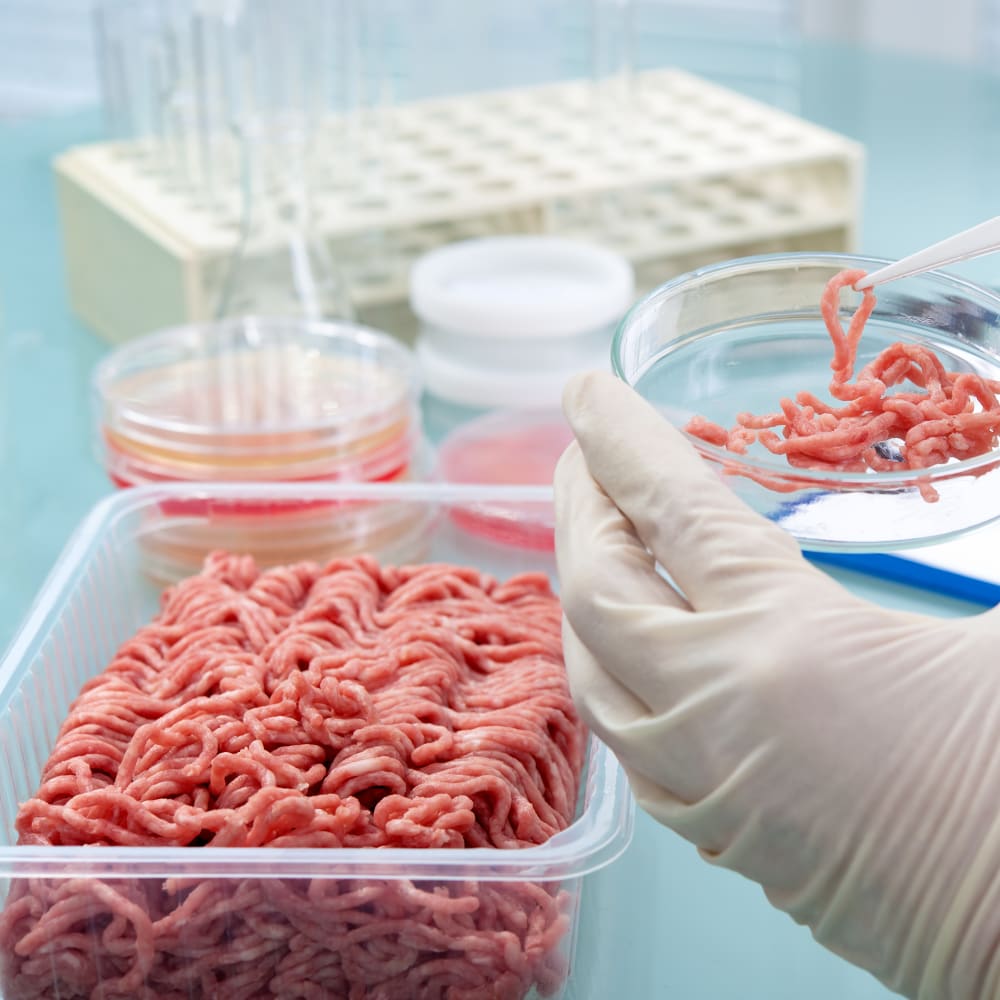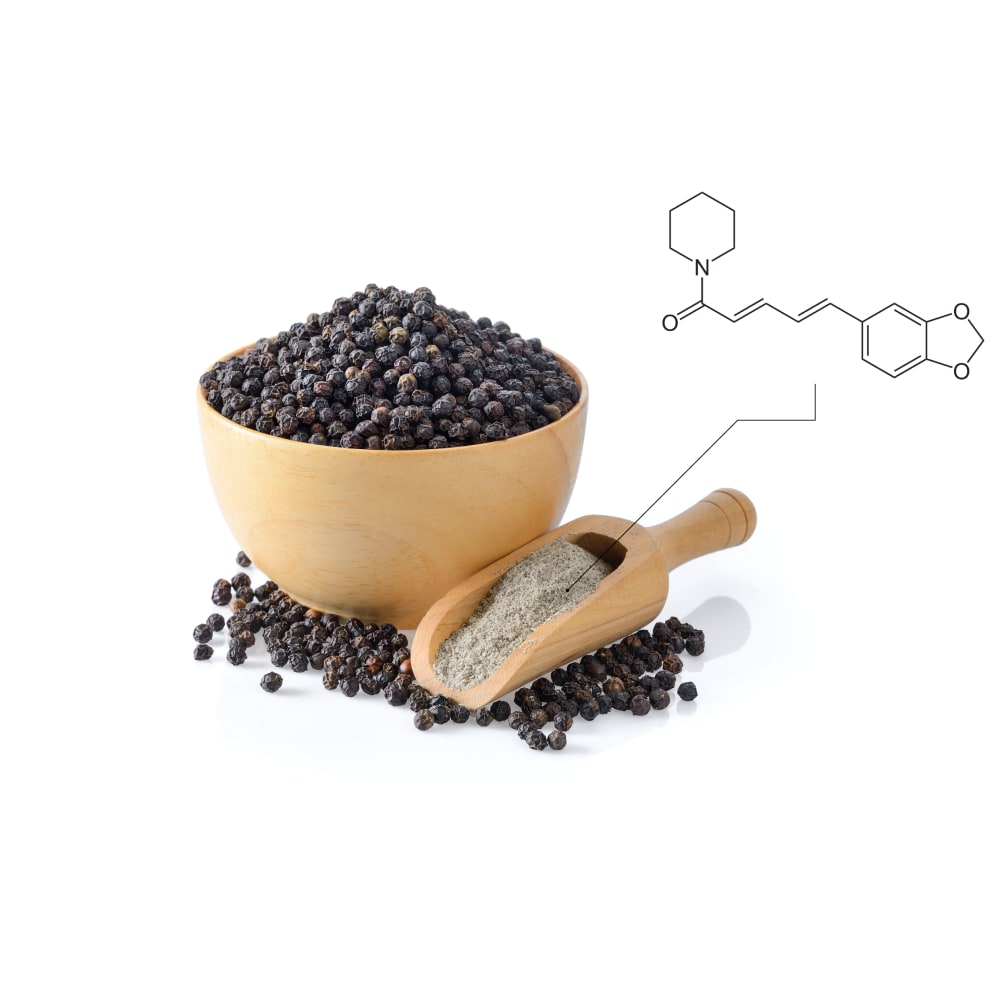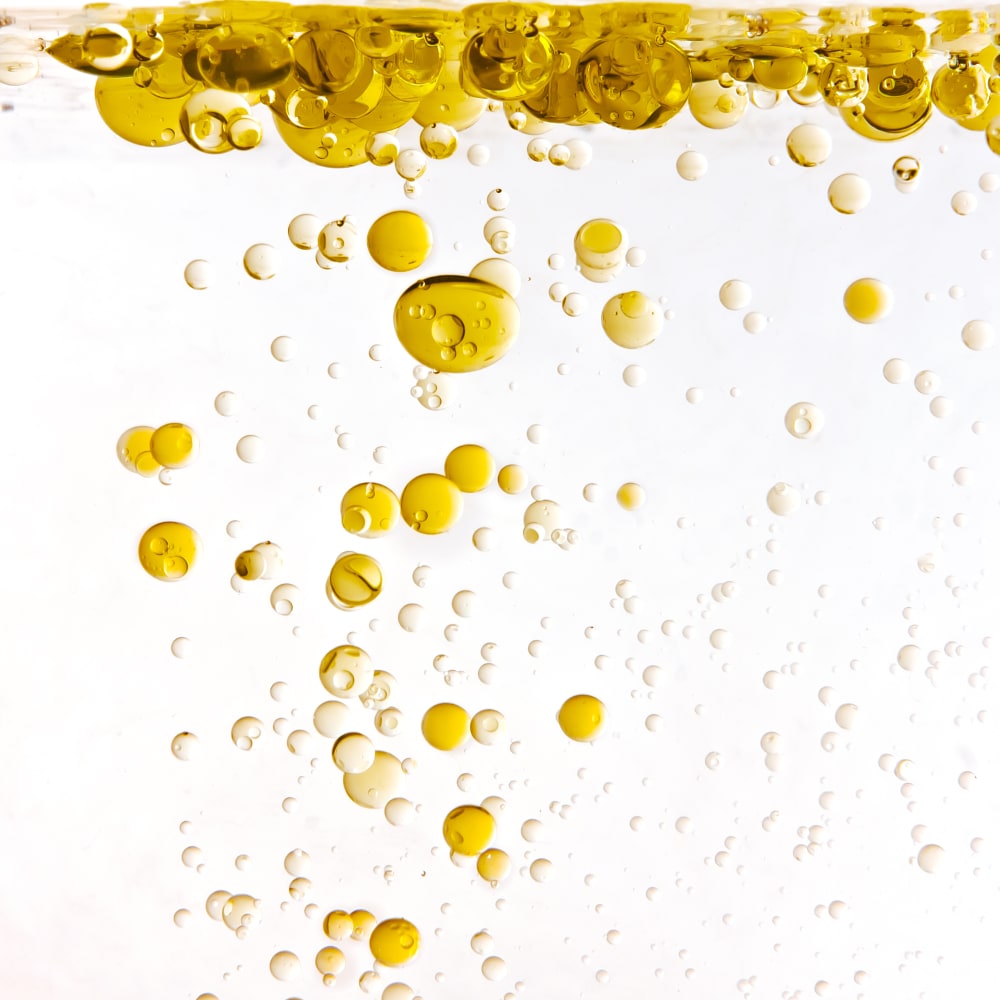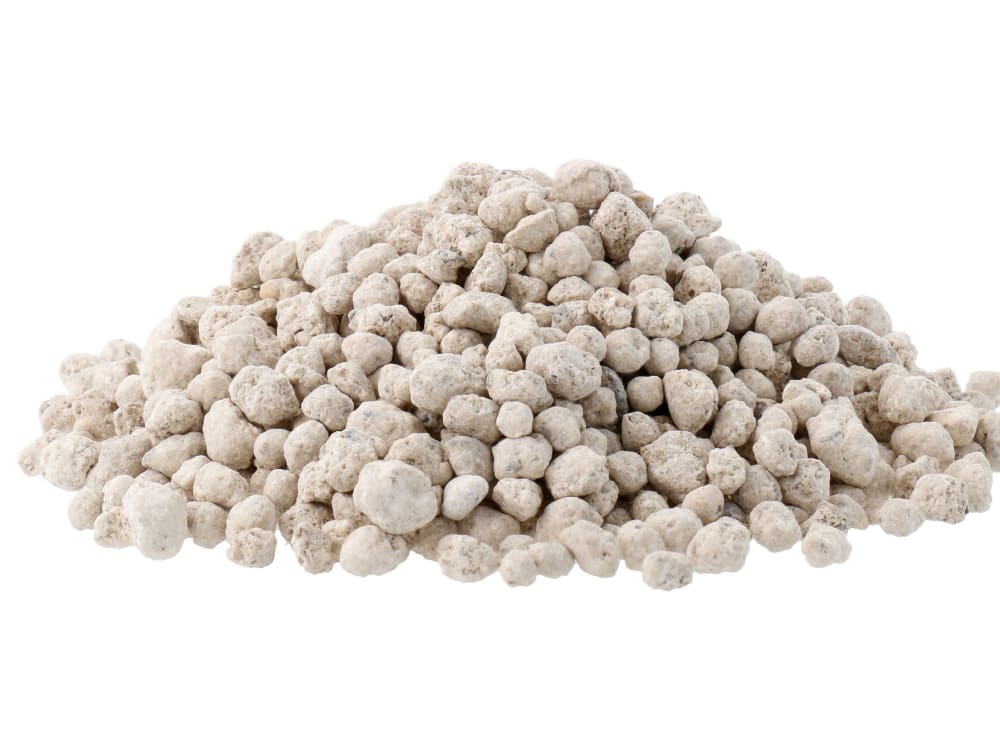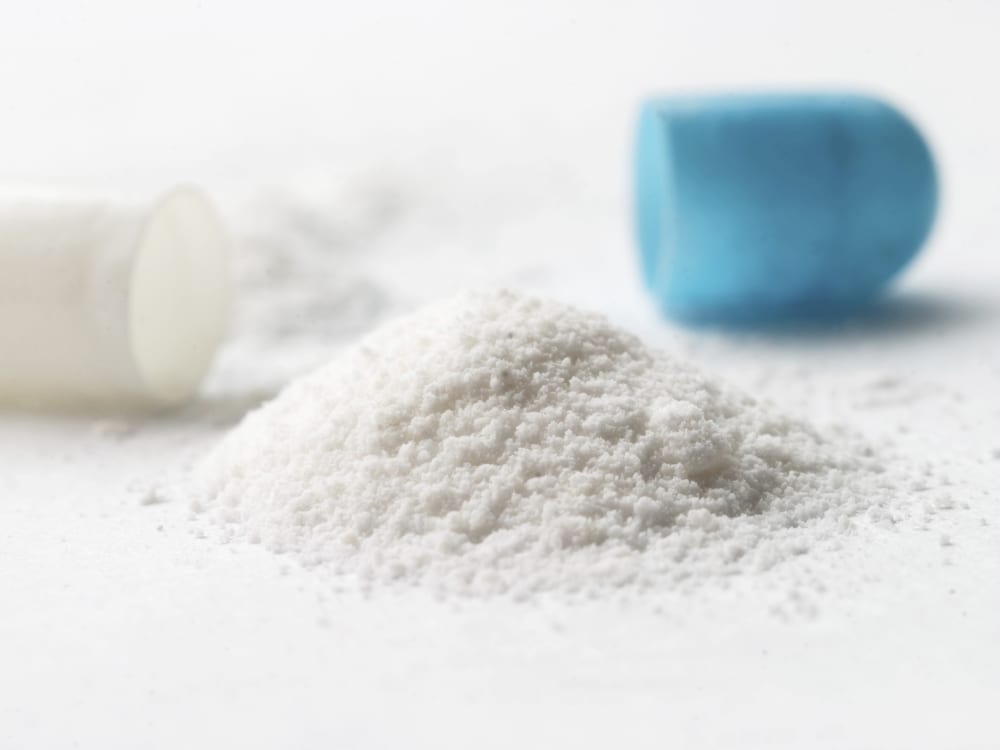Lyophilisation of fresh banana slices
Freeze drying is a gentle form of drying and may be used to preserve foods without changing their appearance or taste. The freeze drying process includes the freezing of the food sample and subsequent applying a fine vacuum to the frozen sample. Under these conditions, the water in the food will sublimate, hence, the sample dries. In food applications, freeze drying is commonly used to make instant coffee and to dry and conserve fruits, vegetables or herbs.
Lyophilisation of mannitol and NaCl solutions in serum vials
In this Application Note sodium chloride (NaCl) and mannitol are used for freeze drying experiments. The unambiguous crystal structure of NaCl renders this salt a model compound. In contrast, mannitol is well known to crystallize in different polymorphs and it may form hydrates. Nevertheless, mannitol is the most used bulking agent for freeze dried pharmaceutical formulations. The benefits of using mannitol are that it crystallizes during freezing, creates a beautiful cake and permits drying processes at higher product temperatures, thus with higher sublimation rates compared to purely amorphous systems.
Lyophilisation of truffles
Truffles are products with limited shelf life and their sensory properties are rapidly lost. Hence, the expensive fungi become less valuable within a few days. Losses of volatile compounds, oxidation and enzymatic reactions are a considerable problem during their storage. Furthermore, the aroma profile is commonly modified as a result of elevated temperature processes or enzymatic reactions. Freeze drying the fungi avoids loss and degradation of volatile compounds due to the low temperatures applied during drying. The aromatic profile of truffles are maintained. Freeze dried truffles can either be rehydrated or directly used in dry form.
Lyophilization_of_Giloy_stem.pdf
In der traditionellen indischen Medizin ist Guduchi eine der nützlichsten ayurvedischen Heilpflanzen. Die Gefriertrocknung wird als Trocknungsmethode ausgewertet, mit der die Eigenschaften von Guduchi erhalten werden können. Die Gefriertrocknung ist dank der sauerstofffreien Umgebung und der niedrigen
Betriebstemperaturen bekanntlich eine der geeignetsten Methoden für die Konservierung von natürlichen und biologischen Materialien.Stickstoff- und Proteinbestimmung in Futtermitteln nach der Kjeldahl-Methode
Die Bestimmung des Proteingehalts in Futtermitteln ist ein Standardverfahren zur Qualitätssicherung und Kennzeichnung. Im Folgenden wird ein einfaches und schnelles Verfahren zur Proteinbestimmung in Futtermitteln gemäss den Vorschriften nach ISO 5983-2:2009 und AOAC 954.01 vorgestellt. Die Probe wird mit Schwefelsäure und Kjeldahl-Tabletten «Titanium» mit dem Aufschlussautomaten K-438 aufgeschlossen, anschliessend mit dem KjelMaster K-375 mit KjelSampler K-376 destilliert und titriert.
Stickstoffbestimmung in pharmazeutisch aktiven Peptiden
Die Bestimmung des Stickstoff- und Gesamtproteingehaltes in pharmazeutischen Produkten wird im Europäischen Arzneibuch (Ph.Eur.) in den Abschnitten 2.5.9 und 2.5.33 Methode 7 beschrieben [1, 2]. In der US-Pharmakopöe (USP) ist die Stickstoffbestimmung in Abschnitt 461 beschrieben [3]. Die Ph.Eur. sieht die Rücktitration unter Verwendung eines Methylrot-Mischindikators vor, die USP verwendet die potenziometrische Borsäure-Titration.



